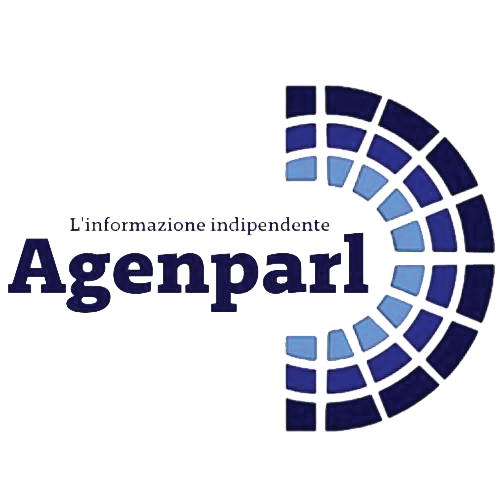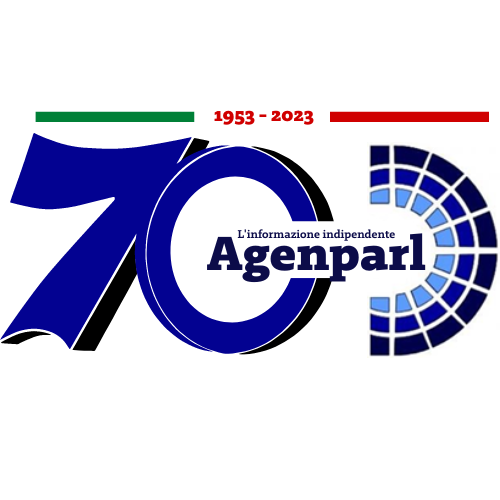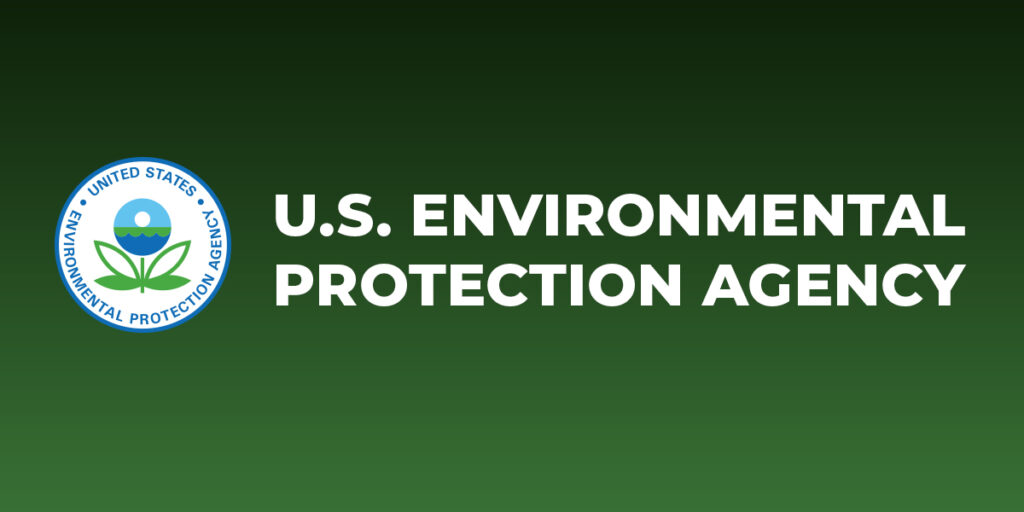 (AGENPARL) - Roma, 11 Gennaio 2024
(AGENPARL) - Roma, 11 Gennaio 2024(AGENPARL) – gio 11 gennaio 2024 Issued: Jan 11, 2024 (1:12pm EST)
If you wish to unsubscribe please do so
here: http://url6130.epa.mediaroom.com/ls/click?upn=-2BroytcZInNRyuFbAvAoN5aMEQDHIx2RtQl0jT-2FwLgZHafJKm-2F7NYrsKNAZH88rhd98aG2o5sSGIX8iVgGgXwOczi8WNFU0a7GLvUAvQ8R0RGX5bAZ9mjh1NYnKAGekGp2eDY_mLoYh0p4AWg4foFr5HgrZ1QioQ33bLwdnQ-2BsYGKFX9mApcfdQmv0-2Bvkdf9kq-2BlYjYa3O6-2BoSoUN2w90AG5AUr19VCon9p464Fvo80u2YO5XsTKo4dmOcBUbaPak7LtNEFZ8vABbtuPakirneaokKjgWeTN3zmv12Osgbc6IoXdEMh0-2BWp4wKAP0H0-2BwU0YMvPW9-2FHo-2F760-2FjNkb54Yaa2GQAxodHLWFo23K46yH9UBSLpob3NdP2srdIgFSZs9y4-2B4nHUeanahGh-2BYXpVG-2B9-2Fw-3D-3D
EPA proposes stronger air pollution standards for large facilities that burn
municipal solid waste
WASHINGTON – The U.S. Environmental Protection Agency on Thursday announced
a proposal to strengthen Clean Air Act standards for large facilities that
burn municipal solid waste. If finalized, the updated standards would reduce
emissions of nine pollutants, including smog- and soot-forming sulfur dioxide
and nitrogen oxides, by approximately 14,000 tons per year, improving air
quality for overburdened communities living near these facilities. These
proposed standards reflect current technologies available to control pollution
in a cost-effective fashion.
“President Biden believes every person deserves clean air to breathe and the
opportunity to lead a healthy life, and EPA’s proposal is just the latest
action to achieve this vision. By reducing harmful pollution and improving air
quality, this rule will also advance environmental justice for nearby
communities already overburdened with pollution,” said EPA Administrator
Michael S. Regan. “EPA is committed to working with communities and state,
local, and Tribal governments to ensure that large facilities burning
municipal waste utilize the most up-to-date and cost-effective control
technologies to reduce pollution and protect public health.”
The proposed standards would apply to 57 facilities with 152 units that have
the capacity to combust more than 250 tons per day of municipal solid waste.
Nearly 4 million Americans live within 3 miles of these large facilities,
which are disproportionately located in low-income communities and communities
of color. Today’s proposal supports the Biden-Harris Administration’s
unprecedented and ongoing efforts to protect overburdened communities from
harmful pollution, and is likely to reduce existing disproportionate and
adverse effects on communities with environmental justice concerns. The
proposed standards are based on emission levels achieved by the best
controlled and lower-emitting sources, and limit emissions of nine pollutants:
particulate matter, sulfur dioxide, hydrogen chloride, nitrogen oxides, carbon
monoxide, lead, cadmium, mercury, and dioxins/furans.
The Clean Air Act requires EPA to evaluate these standards every five years in
order to take into account developments in pollution control technologies and
techniques. EPA last revised these standards in 2006. From day one, the
Biden-Harris Administration has made advancing environmental justice a top
priority, including by delivering on long overdue updates to pollution
standards.
The estimated benefits of this action far outweigh the expected pollution
control costs. After accounting for compliance costs of the rule, EPA
estimated the net present value of health benefits from the proposed rule, due
to reductions in particulate matter and ozone alone, to be up to $14 billion
over 20 years. Reductions of mercury, lead, and other hazardous air pollutants
required by the proposal are expected to result in additional unquantified
economic and public health benefits. EPA believes this action is also likely
to advance environmental justice by reducing existing disproportionate and
adverse effects on overburdened communities.
EPA will accept comment on the proposal for 60 days after publication in the
Federal Register. EPA will hold an informational webinar and will announce
details on our website shortly.
Read more information on the proposal and upcoming webinar for large municipal
waste combustors.
To unsubscribe or change your settings click here:
http://url6130.epa.mediaroom.com/ls/click?upn=-2BroytcZInNRyuFbAvAoN5aMEQDHIx2RtQl0jT-2FwLgZFdW2WYdzQmaasDKJ3YChU3ZHZ028aZ6HUJ5y4EP6xHaHPn8olbvdWwO-2FJyoI-2BGtrAX17xrsCP95btTLOMIOQVzdkZByZt1W88toyBzWaLq-2FA-3D-3DB4_E_mLoYh0p4AWg4foFr5HgrZ1QioQ33bLwdnQ-2BsYGKFX9mApcfdQmv0-2Bvkdf9kq-2BlYjYa3O6-2BoSoUN2w90AG5AUr19VCon9p464Fvo80u2YO5WFG64B3s9r7hlcInz8y9l7wJkkm-2FaEdhDpwdD5qhphCs2u-2BIwhRL41KLIlRuAyX1LrJzL39ymF99eiBf1je-2B-2FE4JCqg1MBdXJRjfTtg1nL270jhRplP0ndWgsU70KqH9OzU4MzNNVWv85YaHXjrl0IsczuVBT2a2LZ1EXWrYW-2B2g-3D-3D

